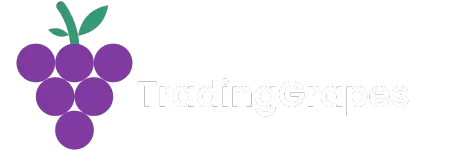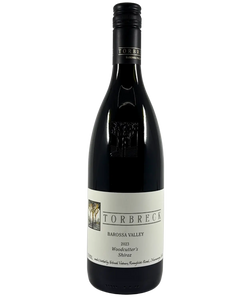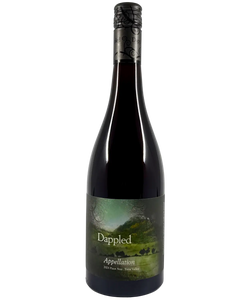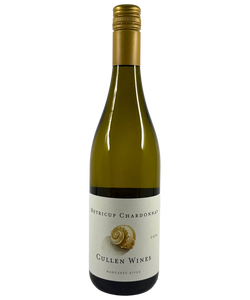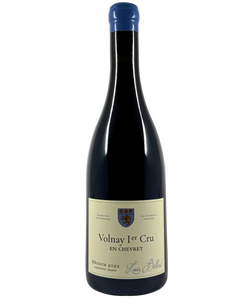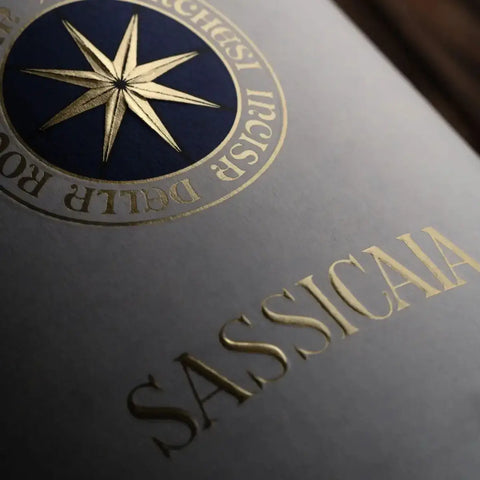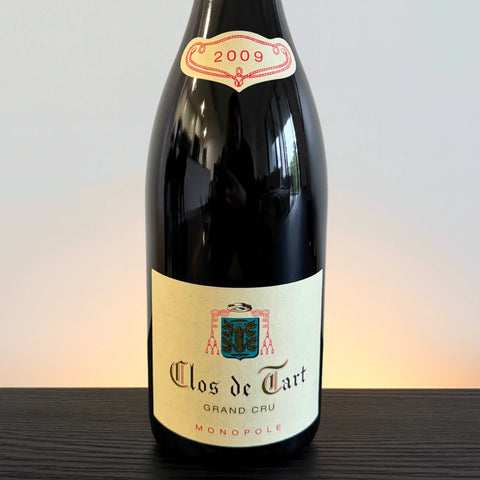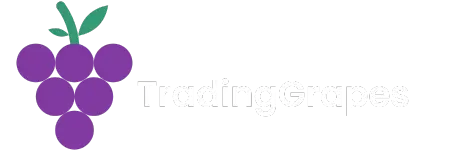Ever tilted your glass and thought, “Is this wine still good?” Turns out, the colour might be trying to tell you. Before you even take a sip, wine can reveal a lot—especially about its age—just by how it looks in the glass.
While flavour, aroma and structure tell the full story, colour gives you a head start. So next time you pour, try this simple trick: hold your glass at an angle over a white background. Now you’re looking not just at the core of the wine, but the rim as well—and that subtle colour gradient can give away its age.
Let’s decode it.
White wines: from lemon to gold (and beyond)
Most white wines start their life looking almost clear—think pale lemon, green-tinged straw, or very light gold. As they age, those bright hues deepen.
Young white wines are usually fresh and citrus-driven. You’ll see this in everything from Sauvignon Blanc to young Riesling or Pinot Grigio. Expect pale lemon or straw tones with a crisp, watery edge.
As white wines age, the colour moves to a deeper yellow-gold. This could be due to time in oak (think Chardonnay), lees contact (hello, texture), or simply bottle age. If you see deeper gold, it might mean the wine’s developing some nutty, creamy, or honeyed characteristics.
Once a white wine starts edging into amber or brown, it’s either been deliberately oxidised (like an aged Semillon, sherry, or orange wine) or it’s been around a long time—and might be past its best. Either way, it's worth a taste.
Red wines: from ruby to brick
Red wines follow a different trajectory. They tend to start life with vibrant colour—deep ruby, garnet, or even purple—and gradually fade with age.
Young red wines, like Shiraz, Cabernet Sauvignon or Malbec, often appear opaque in the centre with bold purple hues. These wines are usually full of primary fruit and tannin, and look as youthful as they taste.
As they age, red wines shift toward a paler ruby or garnet tone. Around the rim of the glass, you might notice a touch of orange or brick. This is common in wines that are 5–10 years old, particularly Pinot Noir, Nebbiolo or Bordeaux blends.
Once the colour leans toward tawny or brown, the wine is likely entering full maturity—or even heading past it. That doesn’t mean it’s undrinkable (some of the most complex wines are old and delicate), but it does mean the clock is ticking. Best to enjoy sooner rather than later.
Rosé wines: quick to fade
Rosé tends to be the most colour-sensitive of the bunch. Those pretty salmon or pale pink hues are vibrant when the wine is young, but fade quickly—usually within 1–2 years. The older the rosé, the more orange it becomes.
There are exceptions (structured rosés from places like Tavel, or aged Bandol), but in general: rosé is best enjoyed fresh, while the colour’s still bright and the flavours crisp.
Fortified wines: colour is the point
Then there are fortified wines like port or sherry, which are aged oxidatively on purpose.
Ruby port is youthful, red-purple, and fruity. Tawny port, on the other hand, spends years in barrel and emerges amber-brown with notes of nuts and dried fruit.
In these wines, colour isn’t a warning—it’s the style. Brown is beautiful here.
What colour won’t tell you
Colour is a clue, not a crystal ball. Some wines look aged when they’re not—Nebbiolo, for example, naturally leans orange-rimmed from the start. Likewise, wines stored improperly might oxidise faster, showing brown tones even if they’re only a few years old.
So while it’s a helpful guide, it’s always worth smelling and tasting to confirm what your eyes are telling you.
Final sip
Wine colour isn’t just pretty—it’s practical. It gives you a window into the wine’s age, style, and even condition. Whether it’s a bright, youthful white or a mature red with a brick-toned rim, your glass might be offering a subtle hint: drink now, or hold on a little longer.
And if in doubt? Think of your wine like an avocado. Once the colour turns, the countdown begins.
